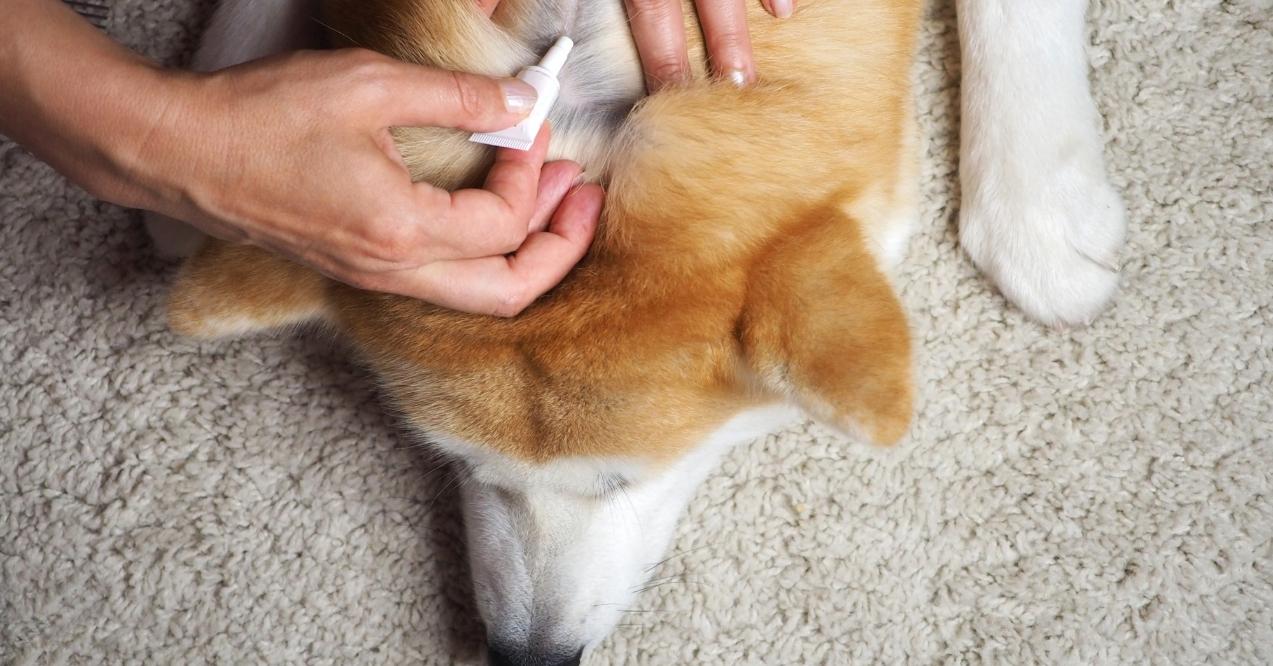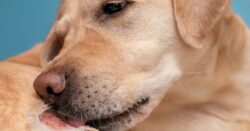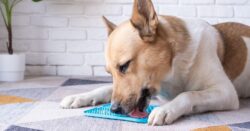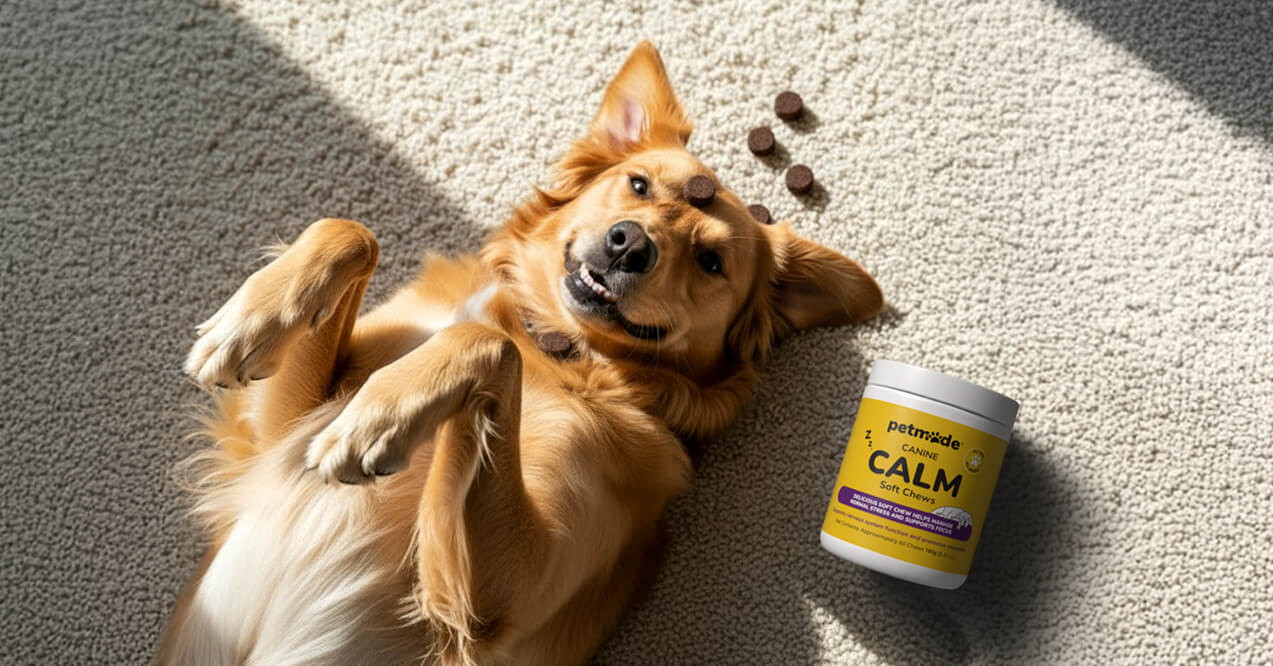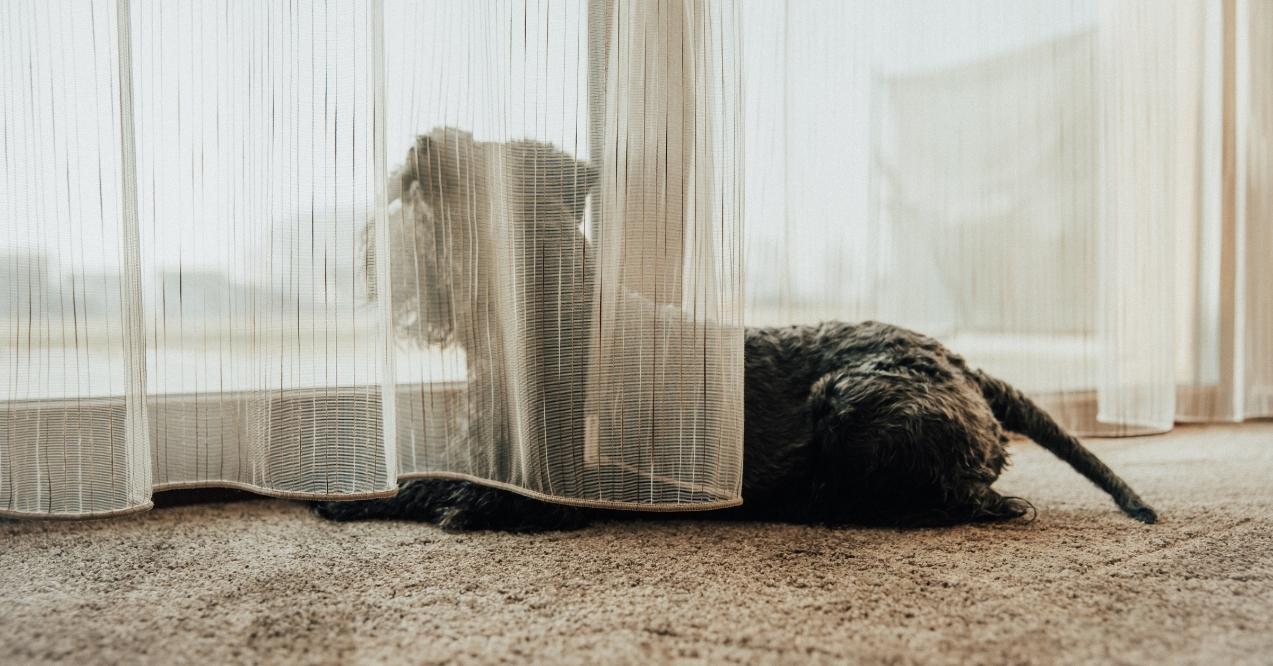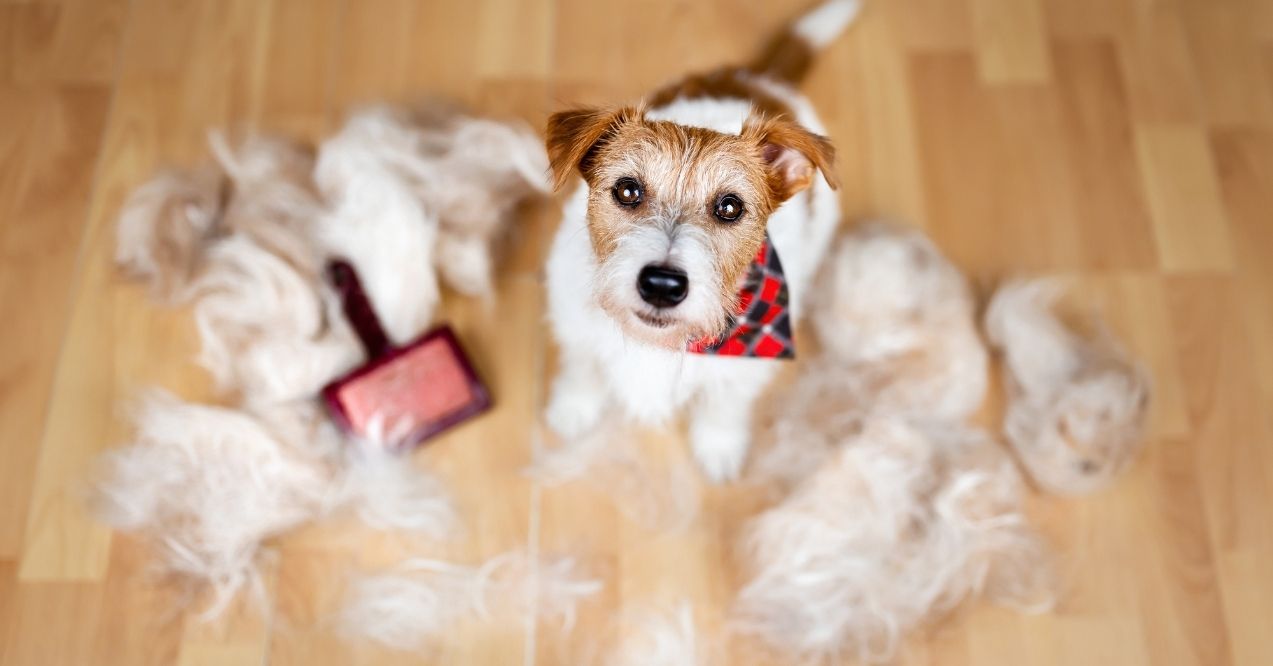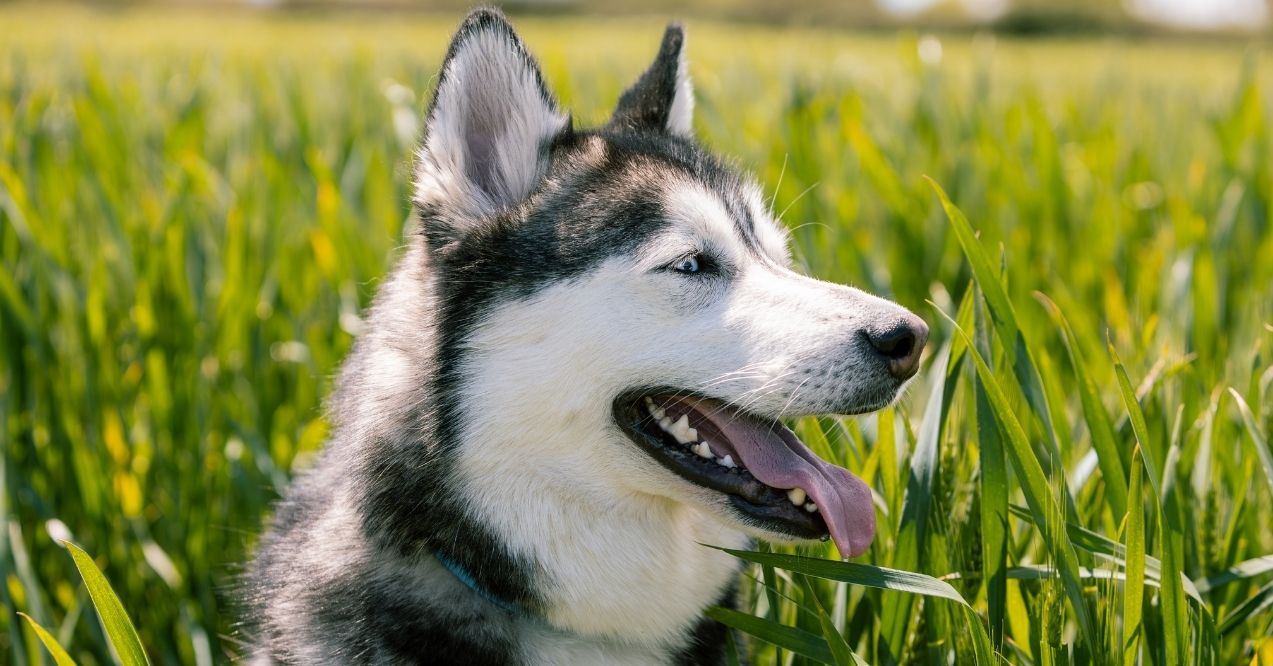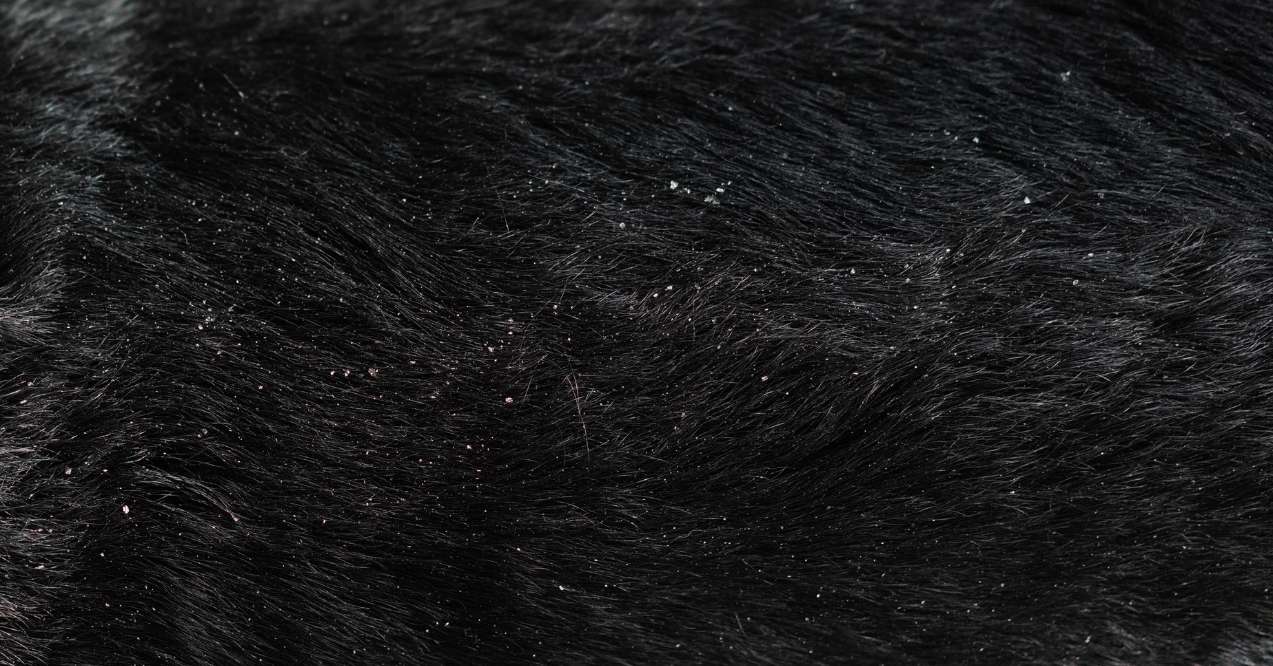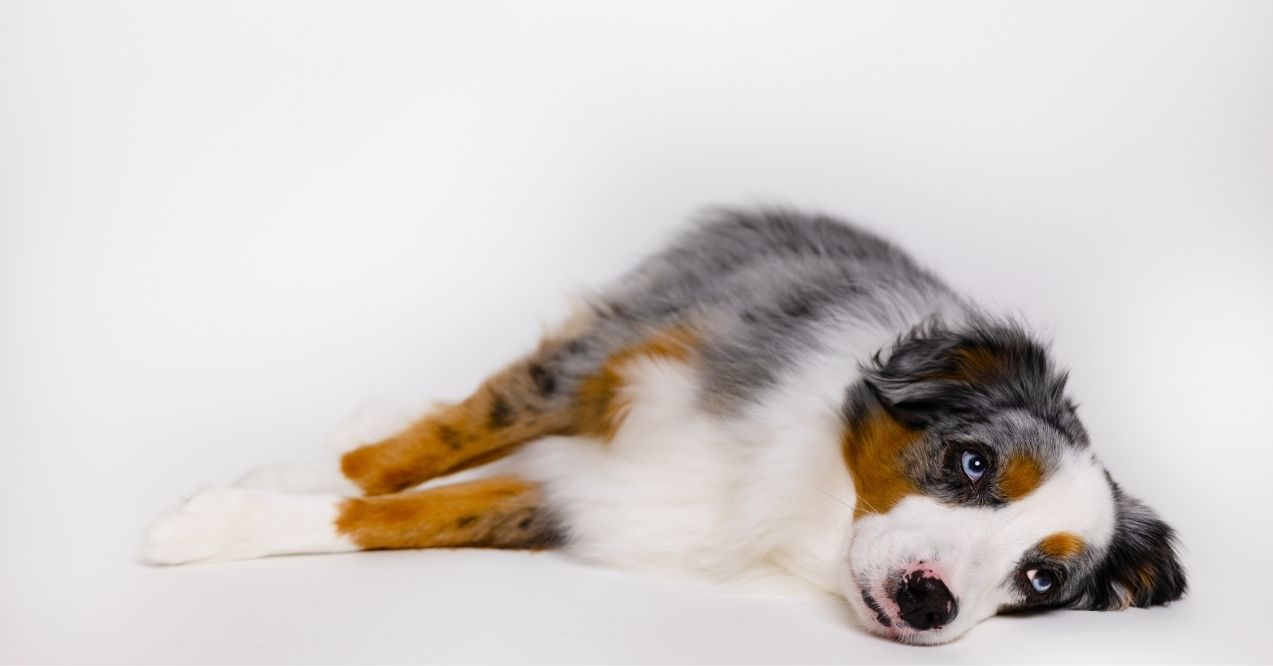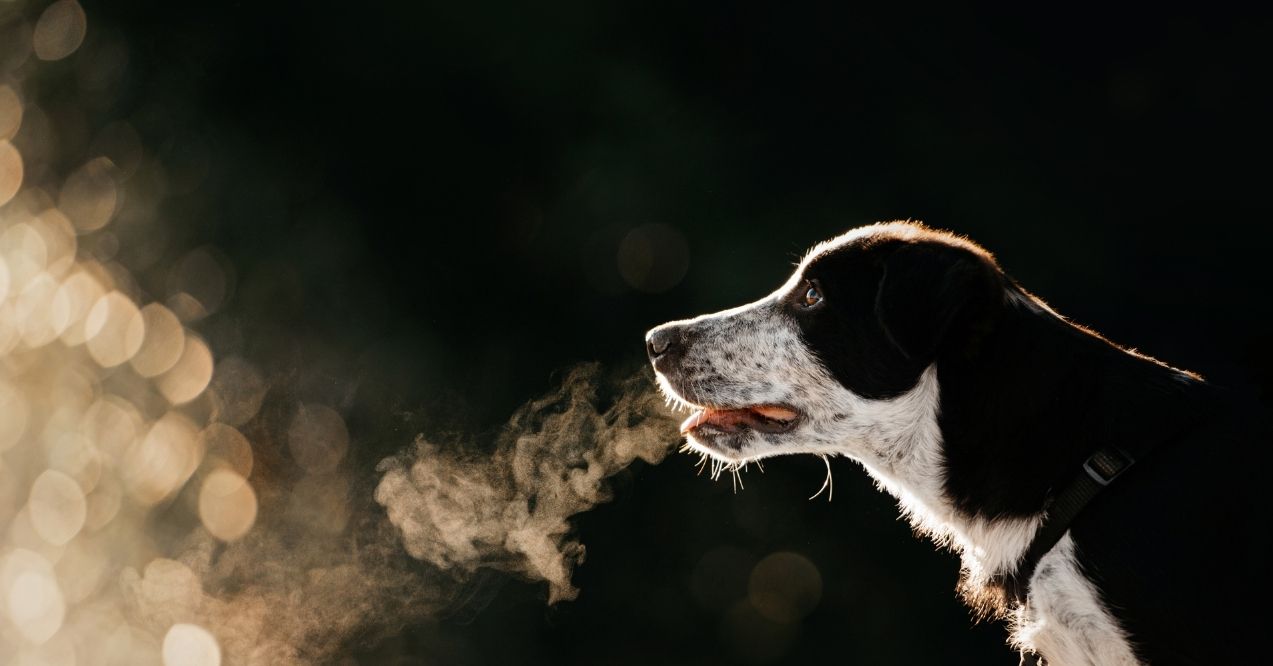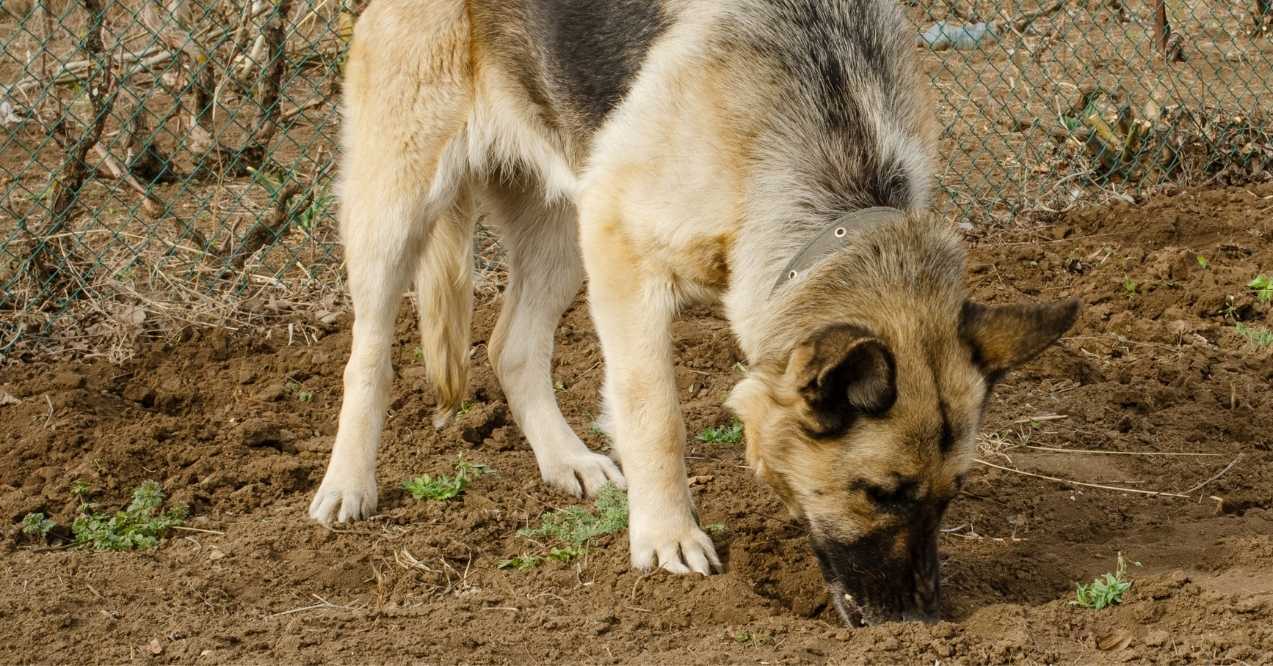Can Fleas Cause Hair Loss in Dogs?
Can fleas cause hair loss in dogs? Yes, these tiny parasites frequently cause patchy bald spots and thinning coats in dogs of all ages and breeds. Flea bites trigger intense itching that leads to excessive scratching, chewing, and skin irritation. These behaviors damage your dog’s coat and create visible hair loss patterns.
This guide helps you identify flea-related coat problems, recognize warning signs, and discover practical recovery methods. You’ll learn effective prevention strategies for your home and yard. We’ll also cover nutritional support options that promote healthy coat regrowth after flea damage.
How Fleas Cause Hair Loss in Dogs
Flea bites inject saliva containing proteins that many dogs react to negatively. This sensitivity creates an inflammatory response causing intense itching, redness, and discomfort. The condition, called flea allergy dermatitis, affects millions of dogs yearly.
Hair loss happens through multiple factors working together. The allergic reaction weakens hair follicles and disrupts normal coat growth cycles. Your dog’s scratching, biting, and licking creates additional trauma that pulls out healthy hair and damages skin.
Dogs without allergies still experience irritation from flea bites. Constant flea movement through the coat combined with hundreds of tiny bites creates widespread discomfort. This discomfort drives excessive grooming behaviors that lead to hair loss.
Flea Saliva and Skin Irritation
Flea saliva contains over 15 different allergens capable of triggering reactions in sensitive dogs. These proteins enter the skin during biting and activate the immune system within minutes. Some dogs develop such sensitivity that one flea bite triggers days of intense itching.
The allergic response turns skin red, swollen, and extremely itchy. This inflammation directly affects hair follicles, making them weaker and prone to shedding. The reaction spreads beyond the bite site, affecting larger coat areas.
Scratching, Chewing, and Secondary Damage
Dogs attempting to relieve itching often cause more damage than fleas themselves. Constant scratching creates small wounds and abrasions that further weaken skin. Chewing and biting pull out entire patches of healthy fur along with damaged hair.
Self-trauma creates a destructive cycle. Damaged skin becomes itchier, leading to more scratching and increased hair loss. Hot spots develop in areas of intense irritation, creating painful, oozing patches.
Signs Your Dog Has Hair Loss from Fleas
Early identification of flea-related hair loss helps you act before problems become severe. The symptoms are distinctive once you know what to watch for. Fleas causing hair loss in dogs create specific patterns and signs.
Watch for these indicators:
- Patchy hair loss near the tail and hindquarters
- Red, irritated skin with small bumps or scabs
- Excessive scratching after resting periods
- Black specks (flea dirt) throughout the coat
- Visible fleas jumping through fur
- Restlessness and difficulty sleeping
- Brittle coat texture in affected areas
Behavioral changes often accompany physical symptoms. Dogs may become irritable or anxious from constant discomfort. Others appear exhausted from continuous itching stress. Learning what causes hair loss in dogs helps determine whether fleas or another issue is responsible.
Common Areas Affected by Fleas
Fleas prefer warm, protected body areas where they feed undisturbed. The tail base is the primary location for hair loss in dogs from fleas. Fleas congregate here while dogs struggle to reach this spot effectively.
Inner thighs and groin areas provide ideal flea conditions. You’ll notice triangular hair loss patterns starting at the tail base and extending down back legs. Lower back, belly, and neck collar areas also show thinning or bald patches.
What Flea Dirt Looks Like
Flea dirt appears as tiny black or dark brown specks throughout your dog’s coat and skin. These specks are digested blood – flea feces providing clear infestation evidence. Flea dirt initially resembles regular dirt or debris.
Test suspected flea dirt by placing specks on a damp white paper towel. Wait a moment and watch for changes. Flea dirt dissolves into reddish-brown stains as dried blood rehydrates, while regular dirt remains black.
How to Support Coat Recovery After Flea-Related Hair Loss
After addressing the flea problem, supporting coat recovery becomes priority. Hair regrowth takes 4 to 12 weeks depending on damage extent and overall health. Creating optimal healing conditions speeds this process.
Proper nutrition drives coat recovery. Dogs need adequate protein, healthy fats, and specific vitamins for rebuilding damaged follicles. Regular grooming stimulates blood flow while removing dead hair and debris.
Environmental factors influence recovery rates. Clean, comfortable, stress-free living areas allow dogs to focus energy on healing. Minimize ongoing irritation or anxiety that could slow regrowth.
Nutrients That Support Skin and Coat Health
Omega-3 fatty acids from fish oil benefit dogs recovering from hair loss from fleas in dogs. These essential fats reduce inflammation and moisturize skin internally. They also promote healthy hair follicle function throughout recovery.
Vitamin E works with omega-3s as an antioxidant protecting skin cells. Quality protein provides building blocks for new hair growth. Adding fish oil to your dog’s diet improves coat quality within weeks.
Grooming Practices That Can Help
Gentle brushing stimulates circulation to hair follicles while removing loose fur. This process distributes natural oils throughout the coat. Use soft-bristled brushes on healing areas to avoid irritating sensitive skin.
Daily brushing for 5-10 minutes provides therapeutic benefits without causing stress. Limit bathing to once every 2-3 weeks during recovery unless necessary. Use lukewarm water with gentle, moisturizing shampoos designed for sensitive skin.
Age-Specific Considerations for Flea-Related Hair Loss
| Dog Age Group | Recovery Time | Special Considerations | Nutritional Needs |
| Puppies (0-12 months) | 3-6 weeks | Sensitive skin, faster metabolism aids healing | Higher protein, DHA for development |
| Adult Dogs (1-7 years) | 4-8 weeks | Standard recovery period, good healing capacity | Balanced omega-3s, vitamin E |
| Senior Dogs (8+ years) | 8-12 weeks | Slower healing, may need extra support | Enhanced antioxidants, joint support |
Preventing Flea Infestations in the Home
Effective flea prevention requires comprehensive approaches addressing both dogs and environments. Fleas spend only 5% of their lifecycle on pets. The remaining 95% occurs in carpets, bedding, and yards.
Year-round prevention outperforms seasonal approaches. Indoor heating allows fleas to survive winter months. Consistency in prevention routines makes the biggest difference in permanent parasite control.
Multiple protection layers reduce flea population chances. Regular cleaning, strategic yard management, and vigilant monitoring create barriers. Each protection level decreases the likelihood fleas reach your dog.
Regular Cleaning Tips for Bedding and Toys
Wash dog bedding weekly in hot water reaching 140°F minimum. This temperature eliminates fleas at all life stages. Include blankets, cushion covers, and fabric toys in weekly washing.
Vacuum carpets and upholstered furniture every 2-3 days during flea season. Pay special attention to dog resting areas. Empty vacuum bags immediately after use, sealing contents in plastic before disposal.
Address less obvious flea hiding spots regularly. Car seats, throw rugs, and human bedding need attention if dogs spend time there. Steam clean carpets monthly during warm months for extra protection.
Outdoor Prevention
Yards harbor thousands of fleas waiting to jump onto passing dogs. Focus prevention on shaded, moist areas where fleas thrive. Target spaces under decks, bushes, and dog resting spots.
Keep grass short and remove leaf litter regularly. This reduces flea-friendly habitats significantly. Cedar chips spread around borders naturally repel fleas through aromatic oils.
Beneficial nematodes provide biological control when applied to lawns. These microscopic worms eat flea larvae without harsh chemicals. Create sunny, dry zones where dogs play safely away from flea populations.
Conclusion
Do fleas cause hair loss in dogs consistently? Absolutely – through allergic reactions, intense itching, and resulting self-trauma. Knowing this connection helps protect your dog’s coat health year-round. Early detection, proper treatment, and consistent prevention strategies maintain healthy, full coats.
Watch for scratching signs, flea dirt, and patchy hair loss around tail bases and back legs. Support recovery through nutrition, gentle grooming, and clean environments. Maintain prevention routines addressing homes and yards to prevent flea returns.
Your dog’s coat health reflects overall wellness. Taking proactive steps against fleas and hair loss in dogs ensures comfort and happiness for your furry companion.
Yes, fleas commonly cause hair loss through allergic reactions to saliva and excessive scratching behaviors.
Patchy bald spots appear around tail base, back legs, and belly with red, irritated skin.
Yes, healthy dogs lose hair from flea bites due to itching and skin irritation.
Look for flea dirt, visible fleas, excessive scratching, and hair loss around tail and hindquarters.
Advertisement. This site offers health, wellness, fitness and nutritional information and is designed for educational purposes only. You should not rely on this information as a substitute for, nor does it replace, professional medical advice, diagnosis, or treatment. If you have any concerns or questions about your health, you should always consult with a physician or other health-care professional. Do not disregard, avoid or delay obtaining medical or health related advice from your health-care professional because of something you may have read on this site. The use of any information provided on this site is solely at your own risk.
